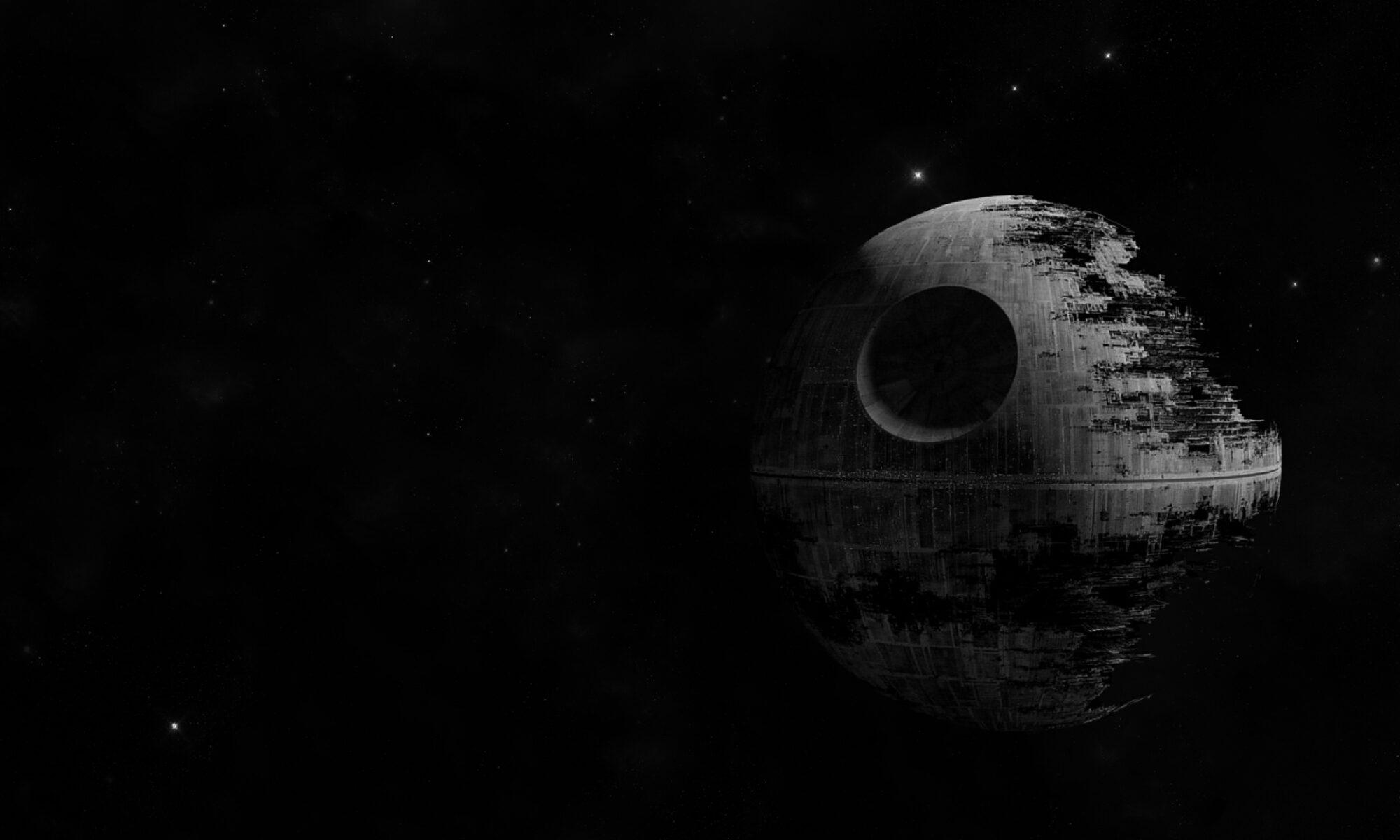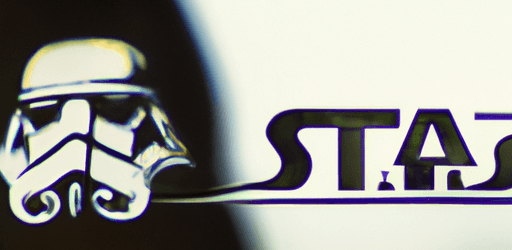Solo: A Star Wars Story was released in 2018 as part of the Star Wars anthology series, a set of standalone films exploring stories outside the main episodic saga. While the movie offered fans an origin story for the beloved character Han Solo, its reception was mixed, leading to questions about the future of similar Star Wars projects. This article debates whether Lucasfilm should continue producing standalone character-driven films or focus on broader narratives.
The Case for More Standalone Films
- Character Depth and Exploration:
Solo provided a deeper dive into Han Solo’s background, something that wouldn’t have been possible in the main saga films. Standalone movies allow for richer character development, offering fans a more nuanced understanding of their favorite characters. These films can explore the motivations, struggles, and growth of characters in a way that episodic films, with their larger, galaxy-spanning plots, cannot. - Expanding the Universe:
By focusing on individual characters, standalone films can explore lesser-known aspects of the Star Wars universe. Rogue One, for example, expanded on the story behind the Death Star plans, introducing new characters and locales that enriched the overall lore. Similar films could continue to explore the galaxy’s vast history, different species, and diverse cultures, making the universe feel even more expansive. - Creative Freedom:
Standalone films offer directors and writers more creative freedom to experiment with tone, style, and narrative. Solo, with its heist-film vibe, differed from the traditional Star Wars formula. Future films could explore different genres within the Star Wars framework, attracting new audiences and keeping the franchise fresh and innovative.
The Case Against More Standalone Films
- Risk of Over-Saturation:
One of the criticisms following the release of Solo was that it contributed to Star Wars fatigue, with fans feeling overwhelmed by the rapid release of new content. Standalone films, if not carefully planned and executed, could lead to over-saturation, diluting the impact of the franchise. Instead of focusing on multiple character spin-offs, some argue that Lucasfilm should prioritize fewer, high-quality films that maintain the saga’s epic scale. - Mixed Box Office Success:
Solo underperformed at the box office compared to other Star Wars films, raising concerns about the commercial viability of standalone stories. This financial risk makes it challenging for Lucasfilm to justify investing in similar projects. Critics suggest that the focus should remain on blockbuster films that draw large audiences, ensuring the long-term financial health of the franchise. - Potential for Canon Conflicts:
Standalone films, by diving deep into specific characters or events, run the risk of creating conflicts with existing canon. Ensuring consistency across the vast Star Wars timeline is a significant challenge. If not handled carefully, standalone stories could contradict established lore, leading to confusion and dissatisfaction among fans.
Conclusion: A Balanced Approach?
The debate over whether there should be more standalone Star Wars films like Solo is complex. On one hand, these films offer a unique opportunity to explore characters and stories in depth, contributing to the richness of the Star Wars universe. On the other, the risks of over-saturation, mixed box office performance, and potential canon issues cannot be ignored.
Perhaps the future of Star Wars lies in a balanced approach: continuing to produce epic saga films while occasionally releasing carefully selected standalone stories that add value to the franchise. By doing so, Lucasfilm can cater to both hardcore fans who crave more detailed explorations of the galaxy and general audiences seeking grand, cinematic adventures.
As the Star Wars franchise continues to evolve, the question of whether to produce more films like Solo will remain a pivotal point of discussion. Fans and creators alike will need to weigh the benefits and challenges to determine the best path forward for one of the most beloved franchises in cinematic history.
This debate highlights the potential directions the Star Wars franchise could take, reflecting both opportunities and challenges as it continues to expand its universe.

